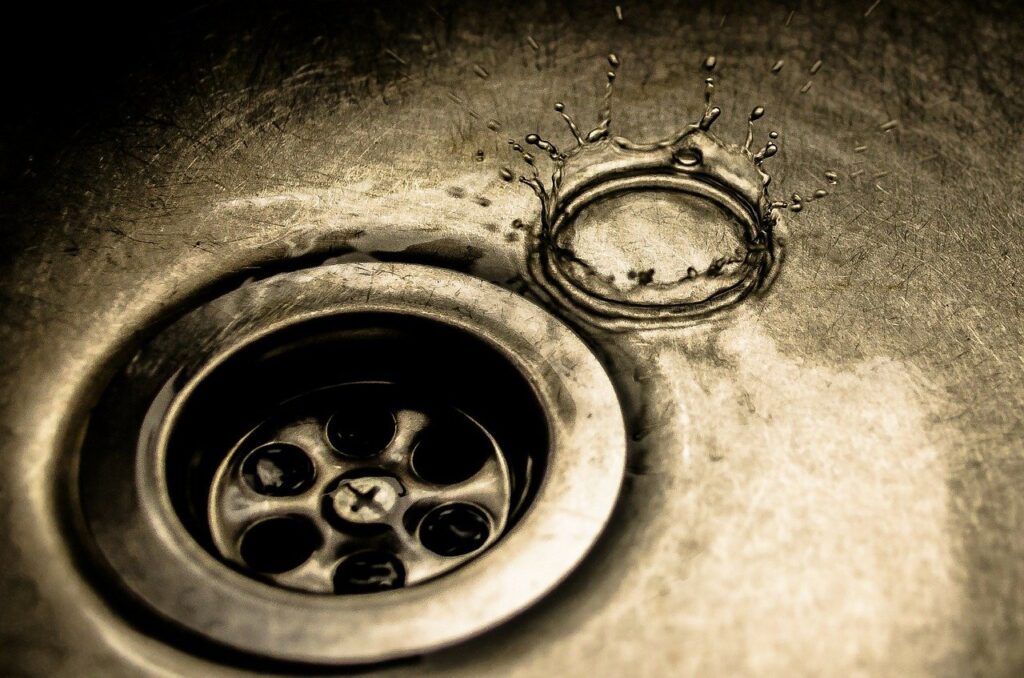There are no more fear inspiring words in a kitchen than these – grease fire. Chefs, owners and restaurant staff alike will all shudder to hear them, and if you have been through one, you know that they are extremely unpleasant.
As a worst case scenario, failure to thoroughly clean a commercial grease trap regularly and a subsequent fire can lead not only to costly repairs, but fines, health closure orders and even license revocation for repeat offenders.
What exactly does a grease trap do?
It is a vessel that is put in place ahead of the drain to a municipality’s sewer network, which allows regular wastewater to flow into the sewer but prevents fats, oils and grease (often referred to as FOGS in the industry) from heading to the treatment plant along with everything else. This prevents sewer backups at the business, as well as neighboring businesses in the same area.
When does your grease trap need cleaning?

The signs are usually pretty obvious. The earliest sign will be an unpleasant smell coming from the disposal area.
Next, you will see drain clogs and slow drainage issues. Cleaning staff may even begin to notice grease in areas they normally don’t have to clean so frequently.
A good program of regular cleaning before those signs pop up will keep you from having to deal with extraordinary cleaning or health inspection issues. Many jurisdictions have rules about grease trap capacity that dictate when a cleaning should be triggered regardless of time.
For instance, grease traps often have a wastewater depth indicator. When FOGS make up 25% or more of the liquid depth, that is accepted as a general sign of going too far.
That said, some restaurants or snack shacks may not reach that point often, especially if fresh and healthy food is your focus. In those cases, a maximum of 90 days should pass between cleanings.
This should make the job easier for the unfortunate soul tasked with it. Since grease traps are usually located under the main sink used in your prep area, a spot on the daily cleaning checklist should be made to check the level of FOGS in the trap.
Depending on the size of the trap, it may be most efficient to have a cleaning staff member just empty the trap on a weekly basis. A quick training session with staff who will be completing this task, as well as an understanding of how much more difficult it becomes when more time is allowed to pass between cleanings (look up some pics on the internet, visual aids help a lot!) should help to get everyone on board.
If your business uses a much larger capacity trap, (often called a grease interceptor, which is typically situated outside) it may not be possible to clean the trap by hand, and a company must be engaged to pump out and perhaps even recycle the grease for you. These companies work best when a contract with a regular schedule is established.
